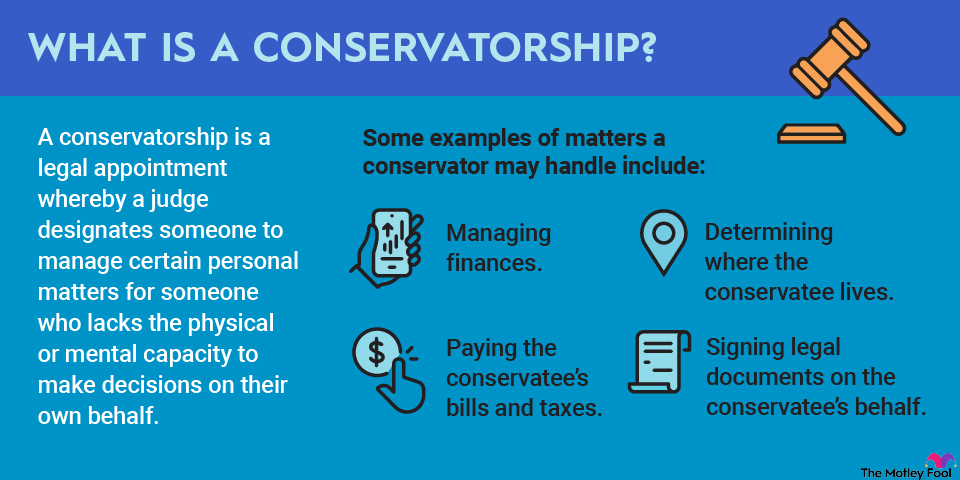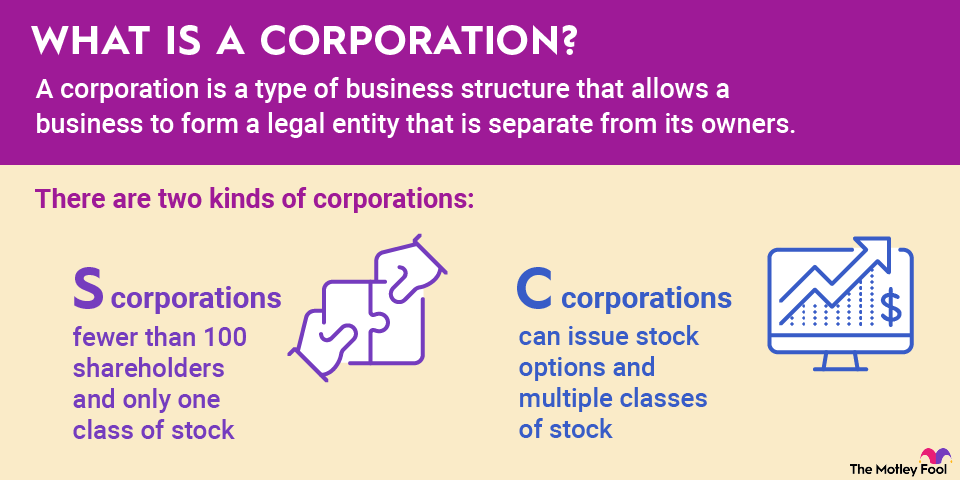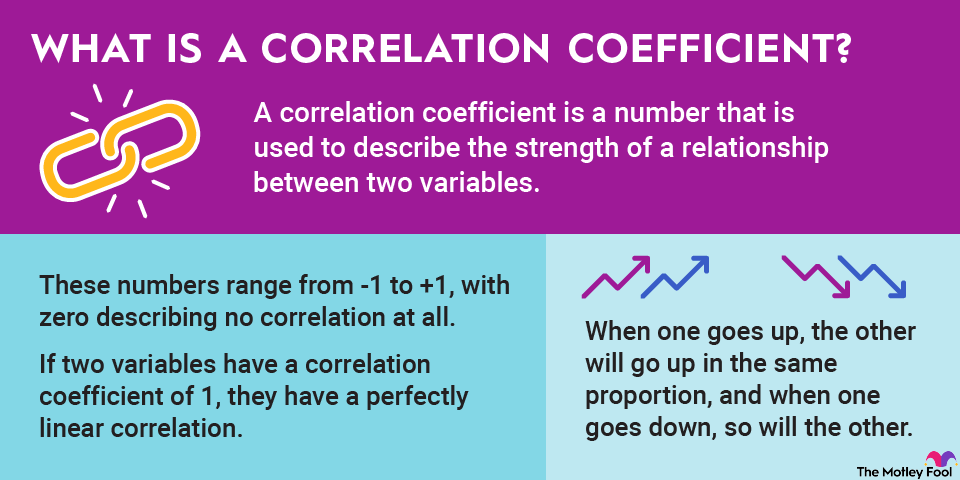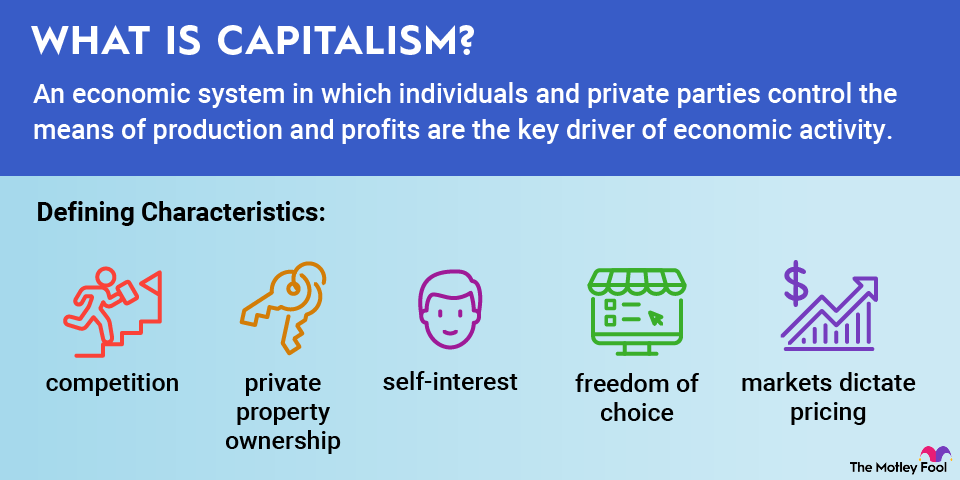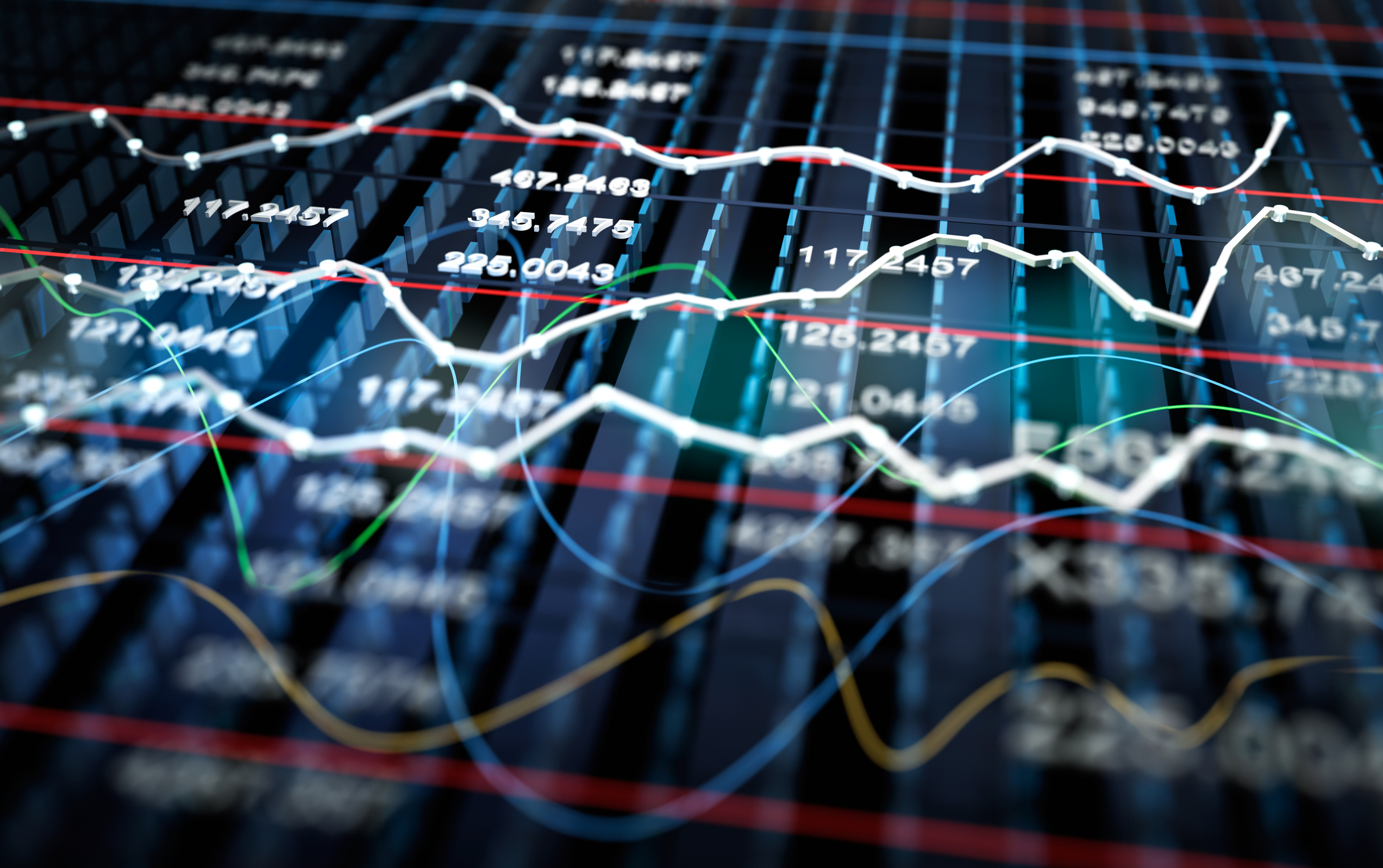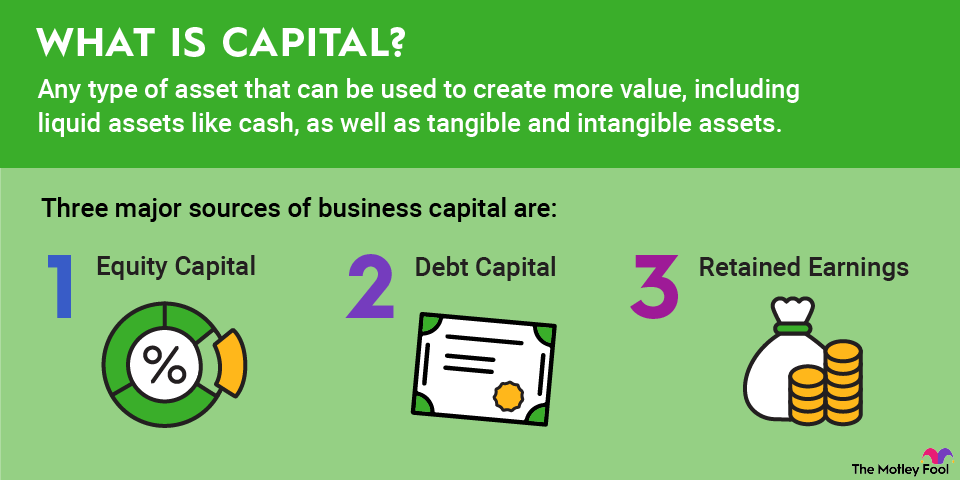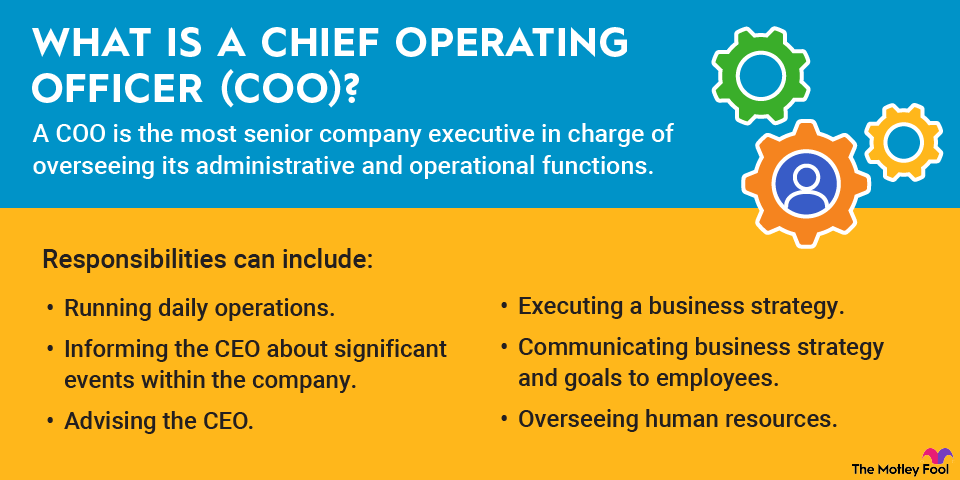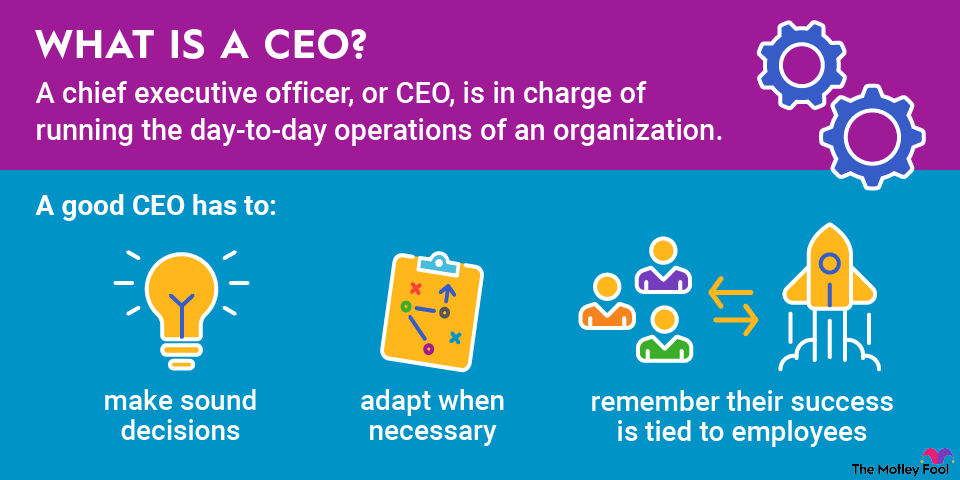Artificial intelligence (AI) is all the rage in the investing world right now, but the emerging technology has several forms, including large language models like ChatGPT, machine learning, and computer vision. The latter, computer vision, could be one of the most transformative versions of AI since it holds the key to innovations like autonomous vehicles (AVs). Keep reading to learn more.
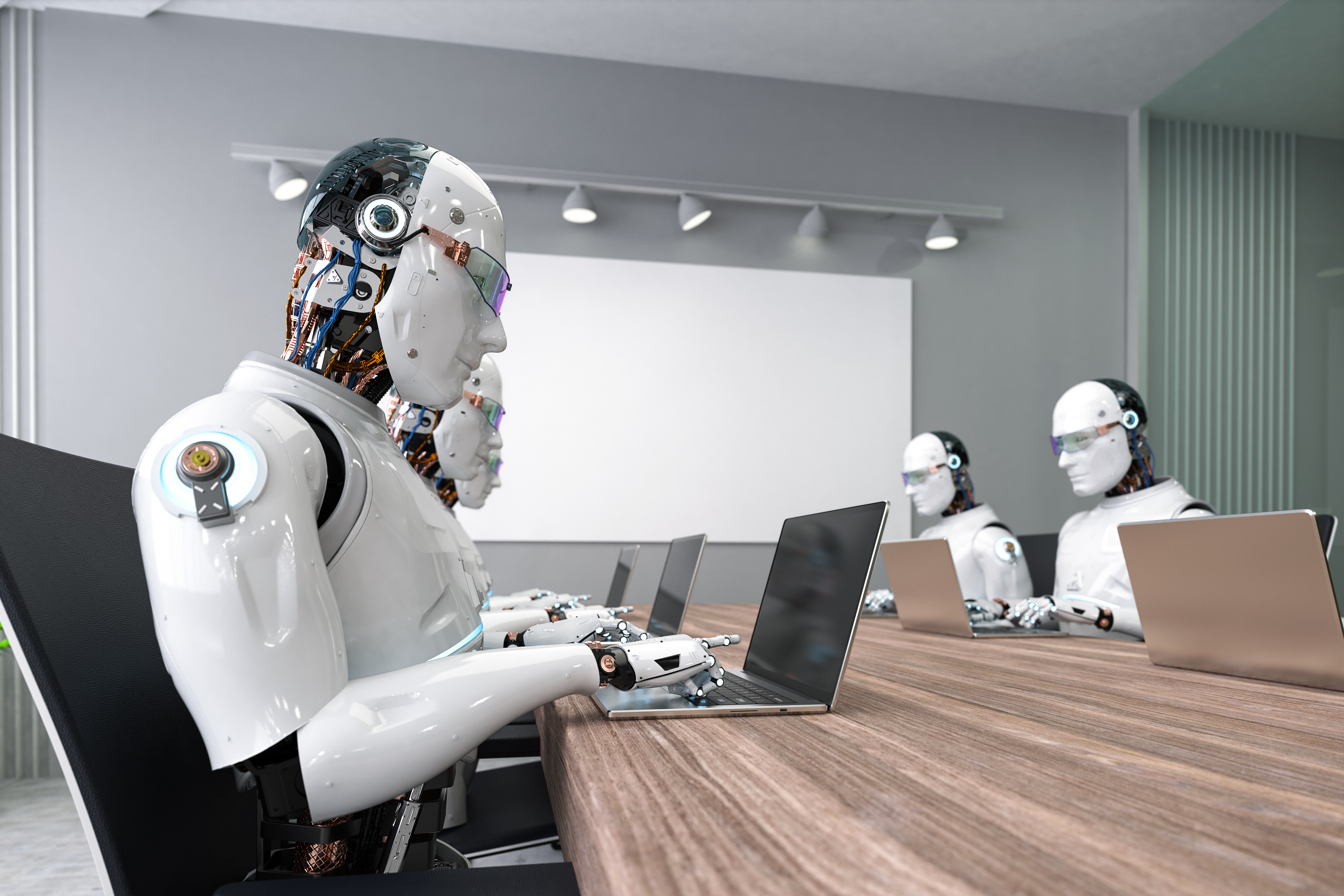
What is computer vision?
Computer vision is a form of artificial intelligence that trains computers to receive information from digital and real-world images. Computer vision trains machines to perform and automate tasks that typically require human intelligence. Like other types of AI, computer vision relies on large amounts of data and algorithms based on machine learning to replicate how the human brain works.
How does computer vision work?
Computer vision models are trained to interpret images, breaking them down into pixels from which they can learn patterns to recognize in future instances. Computer vision works on several levels.
The first is segmentation, which means the AI divides an image into several regions, shapes, or objects. From there, computer vision uses classification and localization to determine the type and location of the image. Finally, it uses object detection to identify multiple objects within the same image.
What's an example of computer vision?
AVs are not only a valuable application of computer vision but also offer a good example of how it's used. AVs generally use computer vision in a number of ways.
For instance, they use detection to see the road, signs, other vehicles, and obstacles. They also use localization to determine where a car is geographically and on the road and then plan a path, calculating its trajectory forward. AVs use a Pathfinder tool to determine where they can drive safely.
Artificial intelligence already seems to be pushing stocks higher toward the next bull market, and AVs and computer vision could help energize investors much like generative AI.
